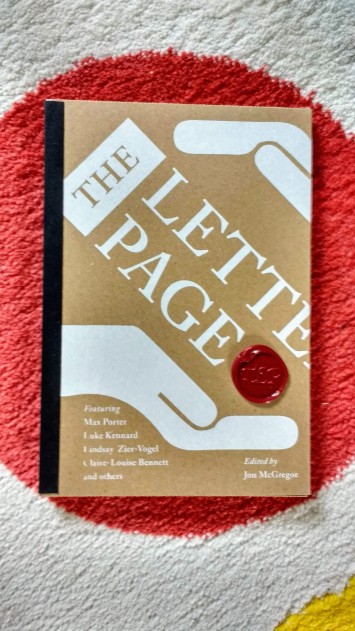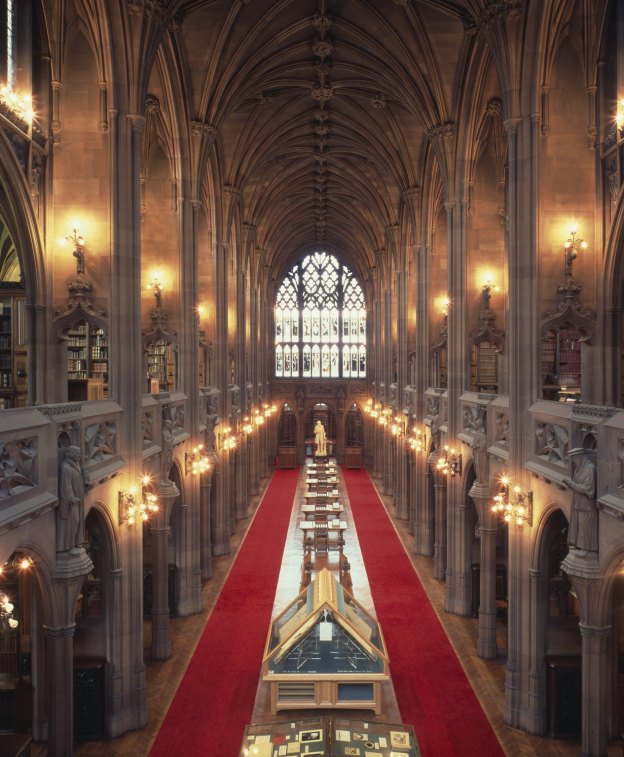Source of information and text/s: conference website
Name of event: Melancholy, Love and Letters – International Congress on Soror Mariana Alcoforado (1640–1723)
Dates: 15–17 November 2019
Hosts: NOVA University of Lisbon, in collaboration with the University of Massachusetts Dartmouth
Venue: tbc
Description (from the conference website; not edited): The obscure letters a nun from Beja, Portugal, wrote to her fugitive lover build a crescendo of longing, affliction and abandonment, refashioning the pristine motives of medieval Galician-Portuguese «songs of a friend» with a new baroque hypersensitivity. They have attained, since their unauthorized publication in 1669, 350 years ago, an improbable success throughout Europe and the world, sparking fashions, instigating literary and scholarly battles, and inspiring countless imitations and tributes.
About these poignant documents of hopelessness, everything has been questioned: the letters’ authorship and original language; their author’s sex and nation; the authenticity or artifice of the emotions they project; the veracity or fictionality of the biographical and topographic contexts they evoke. Scholars, polemists, literary critics and Mariana’s devotees have put forward strong arguments in favor of various hypotheses concerning the text’s authorship, which have been raised, denied, reformulated, resumed, recombined, and joined also by a growing corpus of recreations that threaten to relegate the text itself to a faded background. Despite this fertile reception, or by virtue of it, Mariana’s passion remains at the center of the gallery of Portuguese love myths, parallel to the tragedy of Pedro and Inês.
Three and a half centuries later, the time has come to rescue the text, reevaluate its authorship, and celebrate the inexhaustible fascination of its themes: volition and desire, expressed through the ancient practice of prayer; the penitent self-examination, trained in the rigorous discipline of confession; and the «contemptus mundi», root and pillar of the cloistered condition. Mariana’s tribulations thus attain the full potential of the four canonical readings: the historical (the unhappy convent romance in Beja), the allegorical (the existential solitude of any individual), the moral (the desperation of lovers facing the impossibility of total union), and the anagogical (the lament of the soul, while abandoned in its earthly exile, yearning for its return to the Creator).
The NOVA University of Lisbon, in collaboration with the University of Massachusetts Dartmouth, and with the generous support of Beja Town Council, will hold an International Congress on Soror Mariana Alcoforado in Beja, on 15-17 November 2019, to mark the 350 years of the princeps edition of ‘Lettres portugaises traduites en françois’ (Paris: chez Claude Barbin, 1669). The Portuguese National Library will showcase a related bibliographical exhibition, among other celebrations in Beja, Lisbon and worldwide.
For a description of the conference programme, see their website.
CFP: Please send paper proposals on Mariana Alcoforado, on love letters, or on Beja and Alentejo writers such as Mário Beirão (1890-1965), Luís Amaro (1923-2018), and others to mariana @ missiva.pt by June 30. Include title, 300-word abstract, and a brief bio note. Presentations in Portuguese, English, French, and Spanish will be accepted.
Submitted proposals will be reviewed by July 15 and acceptance decisions will be communicated by e-mail by July 20.
Conference fees: participants, including round trip Lisbon/Beja, 2 nights accommodation, dinner, luncheon and Congress Certificate – 25€; attendees – free (may join the travel, pending availability of places).







